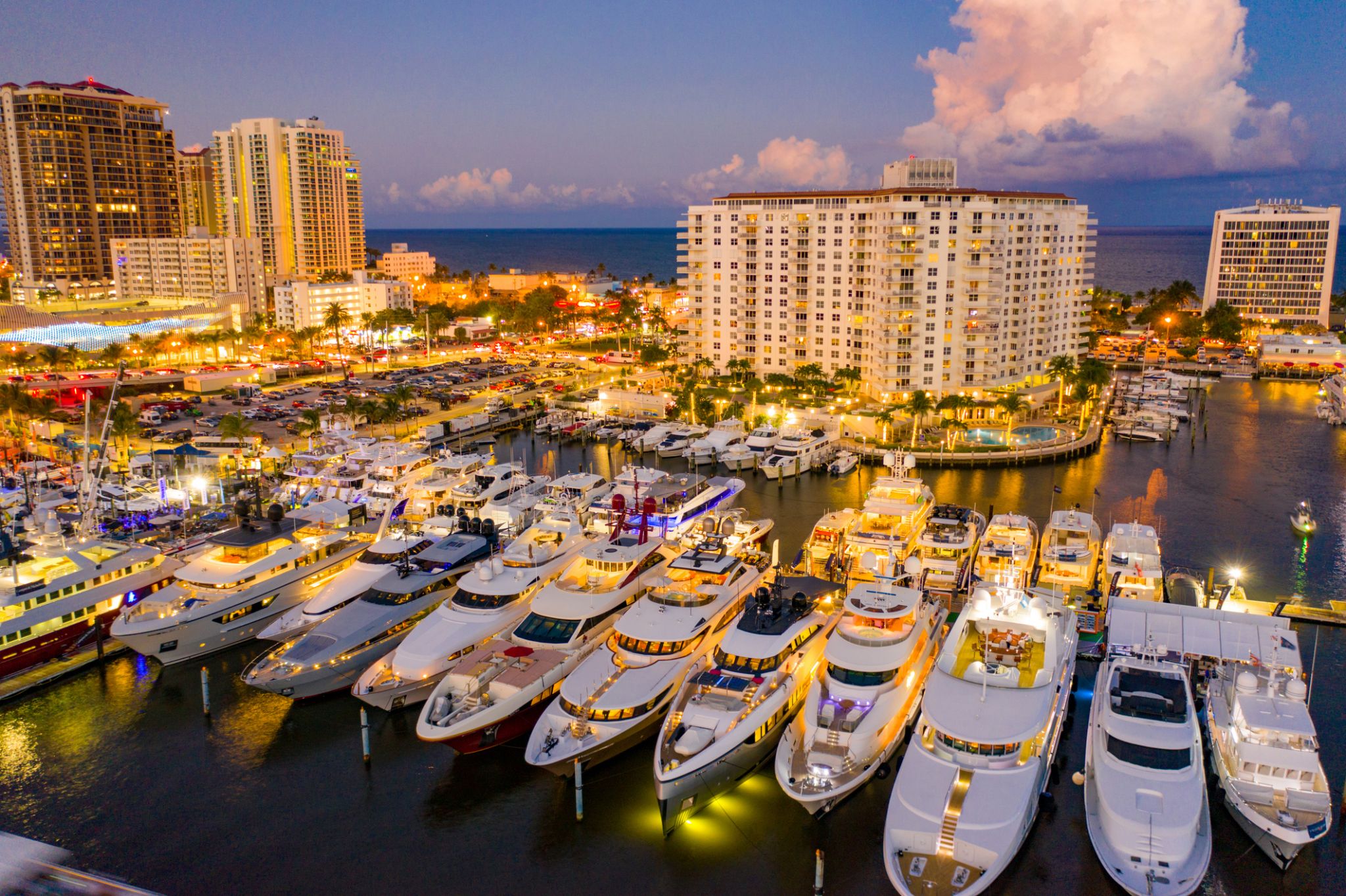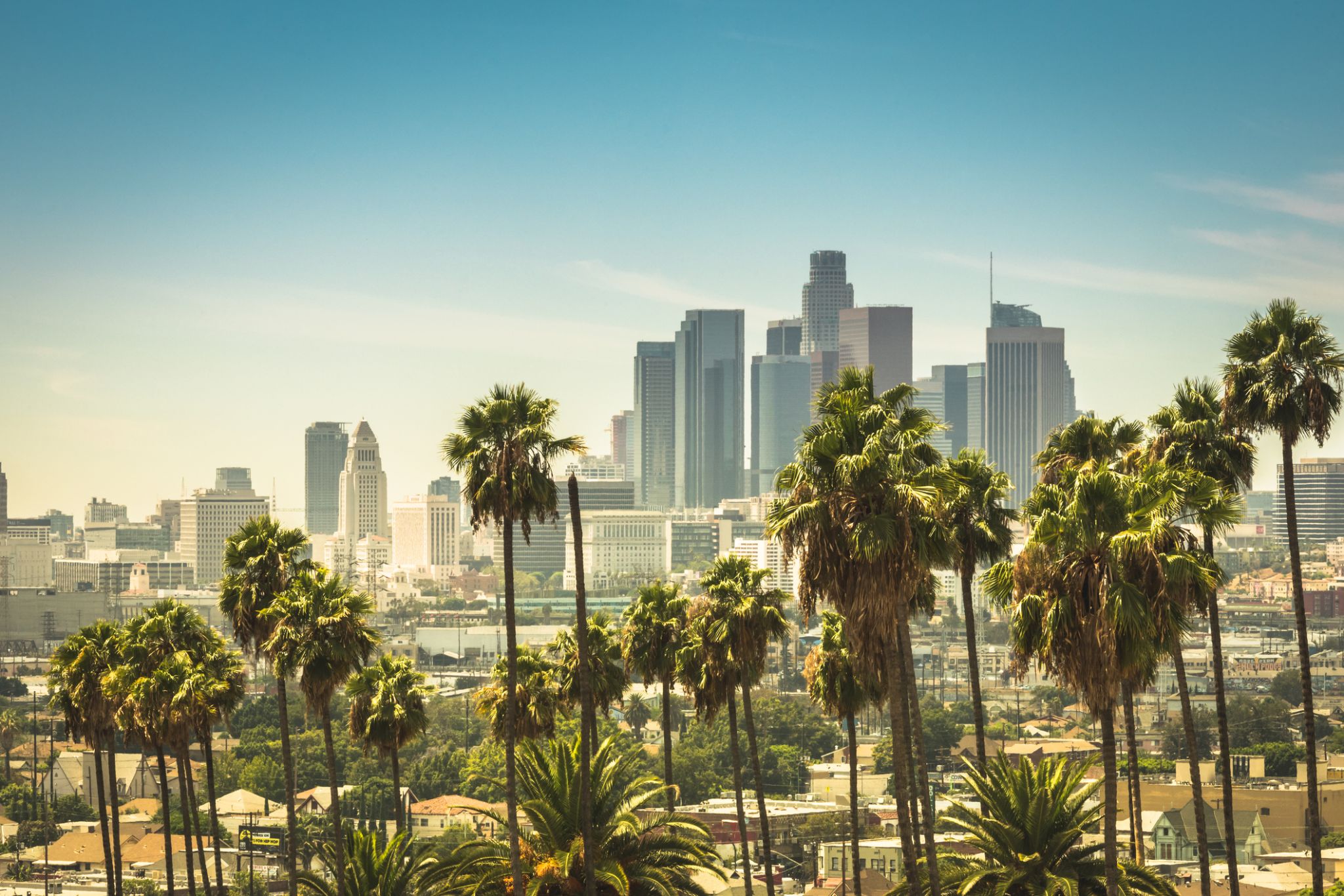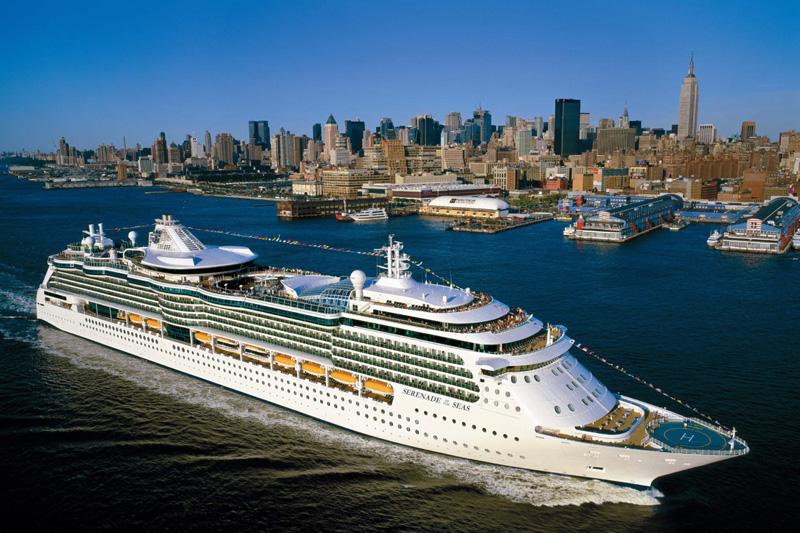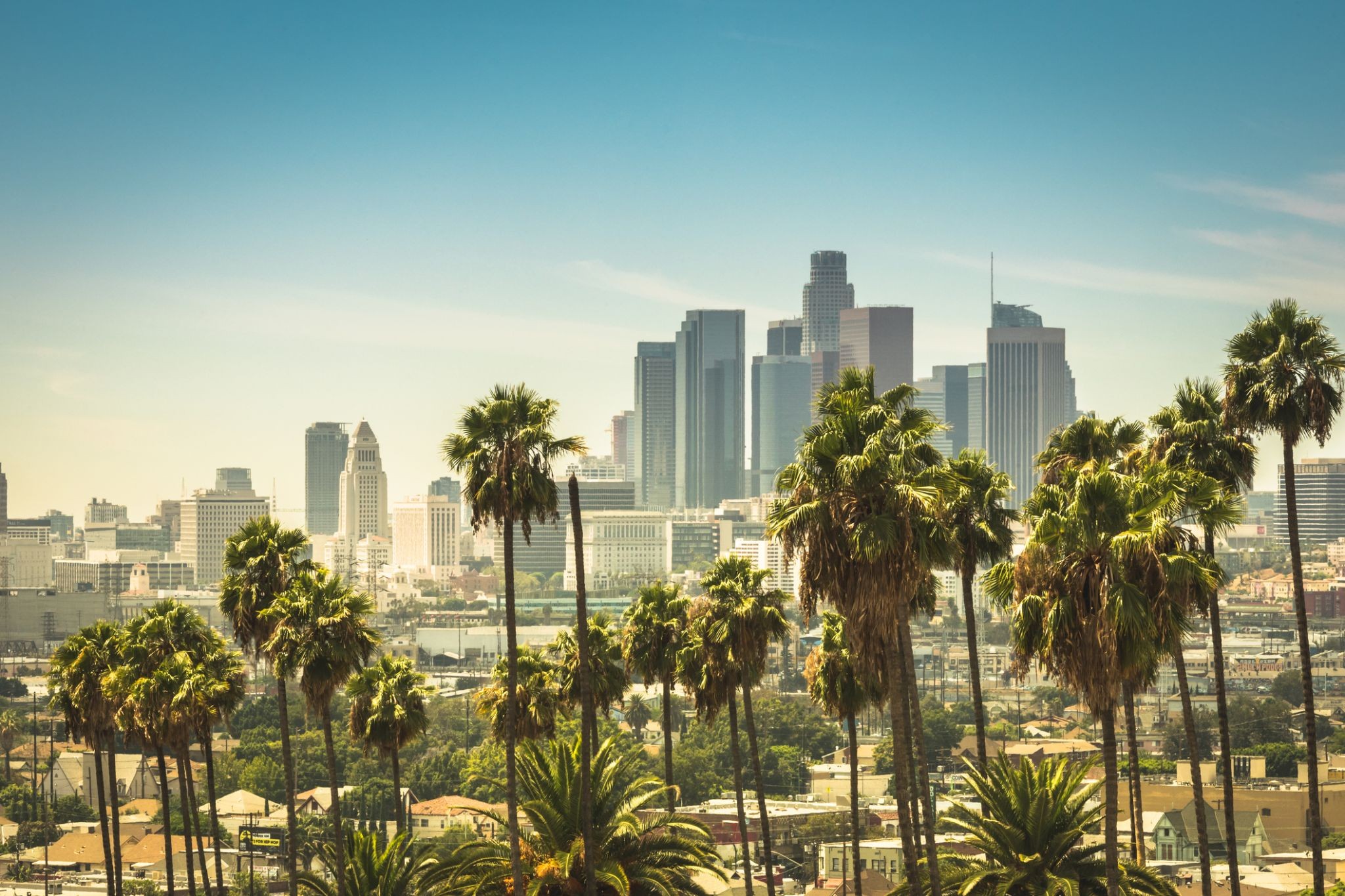
Cruise: 30,876,162
Unfortunately this cruise is temporarily unavailable.
16 nights, from Fort Lauderdale Florida
| Cruise Region : Caribbean, Panama Canal |
| Company : Royal Caribbean International |
| Ship : Serenade of the Seas |
| Journey Start : Sun 13 Apr 2025 |
| Journey End : Tue 29 Apr 2025 |
| Count Nights : 16 nights |
Schedule
| Day | Date | Port | Arrival | Departure |
|---|---|---|---|---|
| 1 | 13.04 Sun | Fort Lauderdale / USA | 16:00 | |
| 2 | 14.04 Mon | Day at sea / Sea | ||
| 3 | 15.04 Tue | Georgetown / Cayman Islands | 08:00 | 16:00 |
| 4 | 16.04 Wed | Day at sea / Sea | ||
| 5 | 17.04 Thu | Cartagena Bolivar / Colombia | 08:00 | 16:00 |
| 6 | 18.04 Fri | Column / Panama | 09:30 | 18:00 |
| 7 | 19.04 Sat | Panama Canal / Panama | 06:00 | 18:00 |
| 8 | 20.04 Sun | Day at sea / Sea | ||
| 9 | 21.04 Mon | Day at sea / Sea | ||
| 10 | 22.04 Tue | Puerto Quetzal / Guatemala | 08:00 | 17:00 |
| 11 | 23.04 Wed | Day at sea / Sea | ||
| 12 | 24.04 Thu | Day at sea / Sea | ||
| 13 | 25.04 Fri | Puerto Vallarta / Mexico | 07:00 | 16:00 |
| 14 | 26.04 Sat | Cabo San Lucas / Mexico | 10:00 | 19:00 |
| 15 | 27.04 Sun | Day at sea / Sea | ||
| 16 | 28.04 Mon | Day at sea / Sea | ||
| 17 | 29.04 Tue | Los Angeles / USA | 07:00 |
Accommodation in a cabin of the selected category;
All-inclusive meals (except for alternative restaurants);
non-ferrous drinks: water, tea, coffee at self-service points on the ship;
cultural program on board: evening shows, theater, live music, etc.;
visiting nightclubs and discos;
active entertainment on board;
visiting the library;
participation of children in children's clubs;
visiting swimming pools and jacuzzi;
gym and sports court;
steward services and cabin cleaning;
port fees and taxes.
Additionally paid: airfare; transfers; visas along the route; hotel before and after the cruise (if necessary); tips for staff; alternative restaurants; alcoholic and some non-alcoholic drinks; Internet on board; casino; laundry / dry cleaning services; beauty salon, SPA center; excursions in ports (optional).
The tip amount depends on the selected cabin category: Inside cabin/window/balcony/Junior suite – $18.50 /person/night Suites (except Junior suite) – $21.00 /person/night
Deluxe Beverage Package
If you want to drink several alcoholic drinks a day during the cruise, then the right option is to purchase this package.
The package includes:
- cocktails, spirits, liqueurs;
- beer;
- wine (by the glass);
- non-alcoholic cocktails;
- premium coffee and tea;
- fountain carbonated drinks / Coca-Cola Freestyle drinks;
- souvenir Coca-Cola cup included;
- bottled still and sparkling water;
- freshly squeezed juices.
Package price:
The price of the Deluxe package varies from ship to ship and is subject to change.
Additionally, when ordering a package, you will receive a -40% discount on bottled wines up to $100 and -20% on bottled wines over $100.
The price on board is currently $93/day.
Royal Refreshment
If alcohol is not your thing, or you are not old enough to drink it, then Refreshment is for you. It is ideal for cocktail lovers.
The package includes:
- non-alcoholic cocktails;
- carbonated soft drinks;
- souvenir Coca-Cola cup and Coca-Cola Freestyle drinks;
- sparkling and still bottled water;
- premium coffee and tea
- freshly squeezed juices
Package price:
The price of the Refreshment package varies from ship to ship and is subject to change.
The price on board is currently $36/day.
Classic Soda Package
Classic Soda Package. Enjoy cool sodas throughout the cruise ship.
Package includes:
- Coca-Cola Freestyle drinks;
- Fountain Soda and refills anywhere;
- Souvenir Coca-Cola cup included.
Package Price:
Soda package prices vary from ship to ship and are subject to change.
Onboard prices are currently starting at $13/day.
Water Bottle Package
Stay hydrated while cruising with Evian Natural Spring Water, a bottle of fresh water from the French Alps.
Package includes:
Evian Natural Spring Water (1L bottles) delivered to your cabin on boarding day (12 or 24 bottles).
Package Price:
Water Package Price - $20
In addition to beverage packages, guests can book a COFFE CARD, which gives access to 15 select varieties of coffee, tea, premium class and hot chocolate. When purchasing this card, you will save 50%. The cost of the card is $31.
Additional information on Royal Caribbean beverage packages
- Beverage packages are available for purchase on board the ship throughout the cruise, as well as in advance of departure.
- When purchasing a Deluxe Beverage Package for one guest, the same package must be added to all adult guests in the cabin.
- Non-alcoholic beverage packages may be purchased by individual guests, but are not transferable.
- Package prices listed reflect the daily cost per person and do not include an 18% gratuity, which will be added to the cost.
- Packages do not include beverages sold in gift shops, minibars or during cabin service.
- You must be at least 21 years of age to purchase and consume alcoholic beverages on Royal Caribbean ships.
Depending on the cruise date, a payment is required to confirm the cabin. After the prepayment is made, the manager confirms the application in the cruise system and notifies you by e-mail.
Cruise Duration Deposit (prepayment)
1-5 nights $100/person
6-9 nights $250/person
10 and more nights $450/person
Full payment
60 days before the cruise
Full payment (cruises from December 24-31)
90 days before the cruise
Standard Penalties for Royal Caribbean Intl. Cruises
Cancelation Period Cancellation Policy
1-5 Nights 6 Nights or More
90-61 Days Prior to Arrival $35/person $70/person
60-46 Days Prior to Arrival In the Amount of Deposit
45-31 Days Prior to Arrival 25% of the Full Cruise Cost, but no less than the Deposit
30-15 Days Prior to Arrival 50% of the Full Cruise Cost, but no less than the Deposit
14 Days Prior to Arrival/No-Show for Boarding 100% of the Cruise Cost
Penalties for Royal Caribbean Intl. New Year's Cruises (December 24-31)
Period in which the cancellation took place Cancellation conditions
1-5 nights 6 or more nights
90-61 days before arrival In the amount of the deposit
60-46 days before arrival 25% of the full cost of the cruise, but not less than the deposit amount
50% of the full cost of the cruise, but not less than the deposit amount
45-31 days before arrival 50% of the full cost of the cruise, but not less than the deposit amount
30-15 days before arrival 75% of the full cost of the cruise, but not less than the deposit amount
14 days before arrival/no show for boarding 100% of the cost of the cruise
-
 Day 1: 00:00-16:00
Day 1: 00:00-16:00Fort Lauderdale / USA
Fort Lauderdale is a city in the U.S. state of Florida, 28 miles (45 km) north of Miami. It is the county seat of Broward County. As of the 2017 census, the city has an estimated population of 180,072. Fort Lauderdale is a principal city of the Miami metropolitan area, which was home to an estimated 6,158,824 people in 2017.
The city is a popular tourist destination, with an average year-round temperature of 75.5 °F (24.2 °C) and 3,000 hours of sunshine per year. Greater Fort Lauderdale, encompassing all of Broward County, hosted 12 million visitors in 2012, including 2.8 million international visitors. In 2012, the county collected $43.9 million from the 5% hotel tax it charges, after hotels in the area recorded an occupancy rate for the year of 72.7 percent and an average daily rate of $114.48. The district has 561 hotels and motels comprising nearly 35,000 rooms. Forty-six cruise ships sailed from Port Everglades in 2012. Greater Fort Lauderdale has over 4,000 restaurants, 63 golf courses, 12 shopping malls, 16 museums, 132 nightclubs, 278 parkland campsites, and 100 marinas housing 45,000 resident yachts.
Fort Lauderdale is named after a series of forts built by the United States during the Second Seminole War. The forts took their name from Major William Lauderdale (1782–1838), younger brother of Lieutenant Colonel James Lauderdale. William Lauderdale was the commander of the detachment of soldiers who built the first fort. However, development of the city did not begin until 50 years after the forts were abandoned at the end of the conflict.
Three forts named "Fort Lauderdale" were constructed: the first was at the fork of the New River, the second was at Tarpon Bend on the New River between the present-day Colee Hammock and Rio Vista neighborhoods, and the third was near the site of the Bahia Mar Marina.
-
 Day 2:
Day 2:Day at sea / Sea
-
 Day 3: 08:00-16:00
Day 3: 08:00-16:00Georgetown / Cayman Islands
-
 Day 4:
Day 4:Day at sea / Sea
-
 Day 5: 08:00-16:00
Day 5: 08:00-16:00Cartagena Bolivar / Colombia
The city of Cartagena, known in the colonial era as Cartagena de Indias, is a major port founded in 1533, located on the northern coast of Colombia in the Caribbean Coast Region. It was strategically located between the Magdalena and Sinú rivers and became the main port for trade between Spain and its overseas empire, establishing its importance by the early 1540s. During the colonial era it was a key port for the export of Peruvian silver to Spain and for the import of enslaved Africans under the asiento system. It was defensible against pirate attacks in the Caribbean. It is the capital of the Bolívar Department, and had a population 971,592 as of 2016. It is the fifth-largest city in Colombia and the second largest in the region, after Barranquilla. The urban area of Cartagena is also the fifth-largest urban area in the country. Economic activities include the maritime and petrochemicals industries, as well as tourism.
The city was founded on June 1, 1533, and named after Cartagena, Spain, settlement in the region around Cartagena Bay by various indigenous people dates back to 4000 BC. During the Spanish colonial period Cartagena served a key role in administration and expansion of the Spanish empire. It was a center of political, ecclesiastical, and economic activity. In 1984, Cartagena's colonial walled city and fortress were designated a UNESCO World Heritage Site.
-
 Day 6: 09:30-18:00
Day 6: 09:30-18:00Column / Panama
Colon
-
 Day 7: 06:00-18:00
Day 7: 06:00-18:00Panama Canal / Panama
The Panama Canal is an artificial 82 km (51 mi) waterway in Panama that connects the Atlantic Ocean with the Pacific Ocean. The canal cuts across the Isthmus of Panama and is a conduit for maritime trade. Canal locks are at each end to lift ships up to Gatun Lake, an artificial lake created to reduce the amount of excavation work required for the canal, 26 m (85 ft) above sea level, and then lower the ships at the other end. The original locks are 34 m (110 ft) wide. A third, wider lane of locks was constructed between September 2007 and May 2016. The expanded canal began commercial operation on June 26, 2016. The new locks allow transit of larger, post-Panamax ships, capable of handling more cargo.
France began work on the canal in 1881, but stopped due to engineering problems and a high worker mortality rate. The United States took over the project in 1904 and opened the canal on August 15, 1914. One of the largest and most difficult engineering projects ever undertaken, the Panama Canal shortcut greatly reduced the time for ships to travel between the Atlantic and Pacific Oceans, enabling them to avoid the lengthy, hazardous Cape Horn route around the southernmost tip of South America via the Drake Passage or Strait of Magellan.
Colombia, France, and later the United States controlled the territory surrounding the canal during construction. The US continued to control the canal and surrounding Panama Canal Zone until the 1977 Torrijos–Carter Treatiesprovided for handover to Panama. After a period of joint American–Panamanian control, in 1999, the canal was taken over by the Panamanian government. It is now managed and operated by the government-owned Panama Canal Authority.
-
 Day 8:
Day 8:Day at sea / Sea
-
 Day 9:
Day 9:Day at sea / Sea
-
 Day 10: 08:00-17:00
Day 10: 08:00-17:00Puerto Quetzal / Guatemala
-
 Day 11:
Day 11:Day at sea / Sea
-
 Day 12:
Day 12:Day at sea / Sea
-
 Day 13: 07:00-16:00
Day 13: 07:00-16:00Puerto Vallarta / Mexico
Puerto Vallarta is a Mexican beach resort city situated on the Pacific Ocean's Bahía de Banderas. PV or simply Vallarta is the second largest urban agglomeration in the state after the Guadalajara Metropolitan Area. The City of Puerto Vallarta is the government seat of the Municipality of Puerto Vallarta which comprises the city as well as population centers outside of the city extending from Boca de Tomatlán to the Nayarit border (the Ameca River). The city is located at 20°40′N 105°16′W. The municipality has an area of 1,300.7 square kilometres (502.19 sq mi). To the north it borders the southwest part of the state of Nayarit. To the east it borders the municipality of Mascota and San Sebastián del Oeste, and to the south it borders the municipalities of Talpa de Allende and Cabo Corrientes.
Puerto Vallarta is named after Ignacio Vallarta, a former governor of Jalisco. In Spanish, Puerto Vallarta is frequently shortened to "Vallarta", while English speakers call the city P.V. for short. In internet shorthand the city is often referred to as PVR, after the International Air Transport Association airport code for its Gustavo Diaz Ordaz International Airport.
-
 Day 14: 10:00-19:00
Day 14: 10:00-19:00Cabo San Lucas / Mexico
Cabo San Lucas or simply Cabo, is a resort city at the southern tip of the Baja California Peninsula, in the Mexican state of Baja California Sur. As of 2015, the population of the city was 81,111 inhabitants. Cabo San Lucas together with San José del Cabo is known as Los Cabos. Together they form a metropolitan area of 305,983 inhabitants.
Cabo has been rated as one of Mexico's top 5 tourist destinations; it is known for its beaches, scuba diving locations, balnearios, the sea arch El Arco de Cabo San Lucas, and marine life. The Los Cabos Corridor has become a heavily trafficked vacation destination for tourists, with numerous resorts and timeshares along the coast between Cabo San Lucas and San José del Cabo.
Cabo houses a range of wildlife, including rays, sharks, birds, and a range of fish, such as mahi-mahi (dorado), and striped marlin.
-
 Day 15:
Day 15:Day at sea / Sea
-
 Day 16:
Day 16:Day at sea / Sea
-
 Day 17: 07:00-00:00
Day 17: 07:00-00:00Los Angeles / USA
Los Angeles officially the City of Los Angeles and often known colloquially by its initials L.A., is the most populous city in California and the second most populous city in the United States, after New York. With an estimated population of four million, Los Angeles is the cultural, financial, and commercial center of Southern California. Nicknamed the "City of Angels" partly because of its name's Spanish meaning, Los Angeles is known for its Mediterranean climate, ethnic diversity, Hollywood, and the entertainment industry, and sprawling metropolis.
Los Angeles is in a large basin bounded by the Pacific Ocean on one side and by mountains as high as 10,000 feet (3,000 m) on the others. The city proper, which covers about 469 square miles (1,210 km2), is the seat of Los Angeles County, the most populated county in the country. Los Angeles is also the principal city of the Los Angeles metropolitan area, the second largest in the United States after that of New York City, with a population of 13.1 million. It is part of the Los Angeles-Long Beach combined statistical area, also the nation's second most populous area with a 2015 estimated population of 18.7 million.
Los Angeles is one of the most substantial economic engines within the United States, with a diverse economy in a broad range of professional and cultural fields. Los Angeles is also famous as the home of Hollywood, a major center of the world entertainment industry. A global city, it has been ranked 6th in the Global Cities Index and 9th in the Global Economic Power Index. The Los Angeles combined statistical area also has a gross metropolitan productof $831 billion (as of 2008), making it the third-largest in the world, after the Tokyo and New York metropolitan areas. Los Angeles hosted the 1932 and 1984 Summer Olympics and will host the event for a third time in 2028. The city also hosted the Miss Universe pageant twice, in 1990 and 2006, and was one of 9 American cities to host the 1994 FIFA men's soccer World Cup and one of 8 to host the 1999 FIFA women's soccer World Cup, hosting the finalmatch for both tournaments.
Historically home to the Chumash and Tongva, Los Angeles was claimed by Juan Rodríguez Cabrillo for Spain in 1542 along with the rest of what would become Alta California. The city was officially founded on September 4, 1781, by Spanish governor Felipe de Neve. It became a part of Mexico in 1821 following the Mexican War of Independence. In 1848, at the end of the Mexican–American War, Los Angeles and the rest of California were purchased as part of the Treaty of Guadalupe Hidalgo, becoming part of the United States. Los Angeles was incorporated as a municipality on April 4, 1850, five months before California achieved statehood. The discovery of oil in the 1890s brought rapid growth to the city. The completion of the Los Angeles Aqueduct in 1913, delivering water from Eastern California, later assured the city's continued rapid growth.






